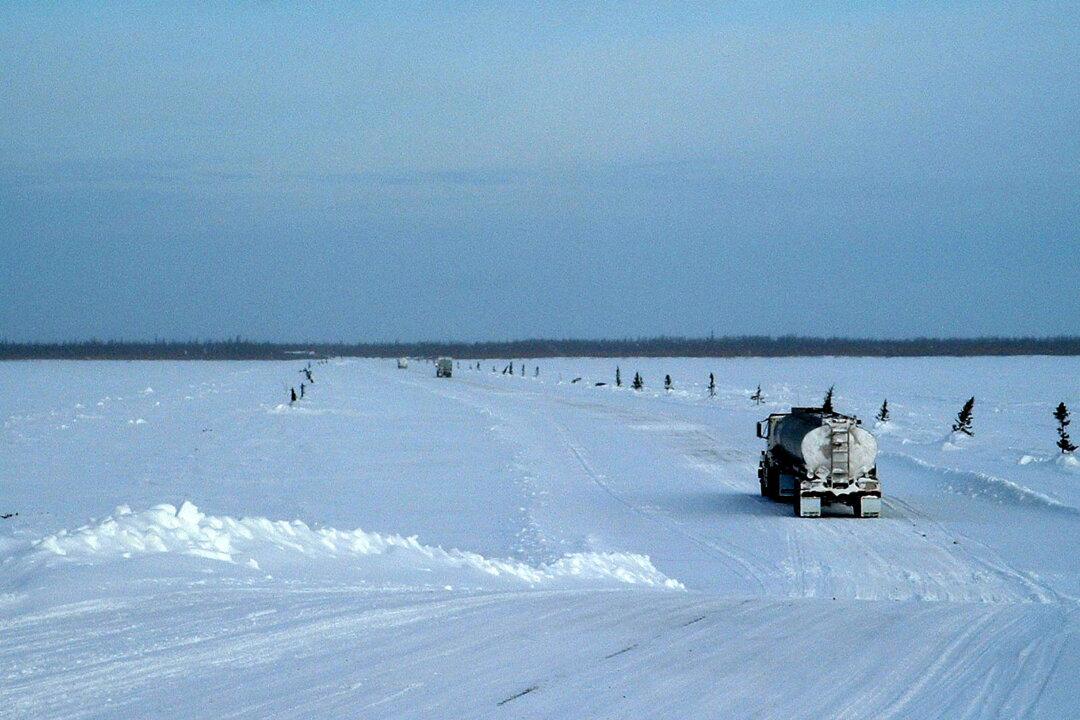News Analysis
The Ring of Fire, northern Ontario’s massive chromite mining and smelting development project, continues to face delays due to challenges like the lack of road access and negotiations with First Nations communities.

The Ring of Fire, northern Ontario’s massive chromite mining and smelting development project, continues to face delays due to challenges like the lack of road access and negotiations with First Nations communities.